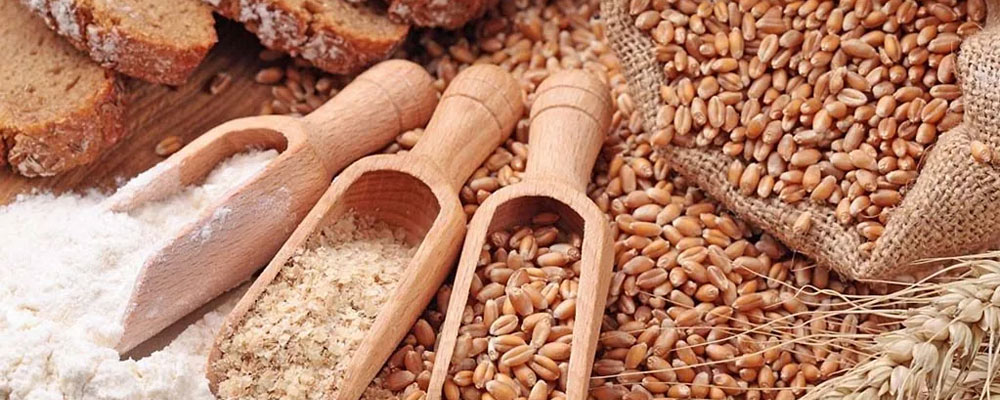Whole grains are a powerhouse of nutrition, essential for the healthy growth and development of children. Unlike refined grains, whole grains include all parts of the grain – the bran, germ, and endosperm, making them richer in nutrients. Understanding the importance of whole grains in your child’s diet is the first step toward fostering a lifetime of healthy eating habits.
Why Whole Grains Matter for Kids

Whole grains are loaded with nutrients that are vital for your child. These include B vitamins, important for energy production and brain health; minerals like iron, magnesium, and selenium that support growth and development; fiber for a healthy digestive system; and antioxidants that protect the body’s cells.
Health Benefits of Whole Grains

- Digestive Health
The fiber in whole grains helps maintain a healthy digestive system, reducing the risk of constipation, which is common in children. - Sustained Energy
Whole grains provide a steady release of energy, crucial for kids who are constantly growing and moving. - Weight Management
The high fiber content in whole grains can help children maintain a healthy weight by providing a feeling of fullness and reducing overeating. - Chronic Disease Prevention
Including whole grains in your child’s diet from an early age can reduce the risk of developing chronic diseases like heart disease and type 2 diabetes in the future.
Incorporating Whole Grains in Kids’ Meals

- Breakfast Options
Start the day with whole-grain cereals, oatmeal, or pancakes and waffles made with whole-grain flour. - Wholesome Lunch and Dinner
Substitute white bread with whole-grain varieties in sandwiches; use brown rice or quinoa instead of white rice; opt for whole-grain pasta. - Snack Time
Offer whole-grain crackers with cheese, air-popped popcorn, or homemade baked goods with whole-grain flour. - Kid-friendly Recipes
Create fun meals like whole-grain pizza bases, homemade granola bars, or fruit muffins using whole-grain flour.
Tips for Parents

- Gradual Introduction
If your child is new to whole grains, start by mixing whole grains with refined grains and gradually increase the proportion. - Label Reading
Teach yourself to read labels to ensure you are choosing products made with whole grains. - Involve Your Kids
Let your children help in preparing meals with whole grains. This can make them more interested in trying new foods.
End note
Incorporating whole grains into your child’s diet is a straightforward and essential step toward nurturing their growth and health. With a wide variety of whole grains available, each offering its unique taste and texture, there are endless possibilities to make meals both nutritious and enjoyable. Start exploring the world of whole grains with your kids today!

